
 COMPLETE SOLAR ENERGYCOURSE FOR ELECTRICAL
COMPLETE SOLAR ENERGYCOURSE FOR ELECTRICAL
ENGINEERING
By Engineer Ahmed Mahdy

COURSE CONTENT Comparison between renewable and non renewable sources of energy. Comparison between their pros and cons. Difference between solar cell, module, string and array. Effect of insolation and temperature on v-i curve. Advantages and disadvantages of PV systems. PV system construction.
PV cell construction and principle of operation. Effect of PV cells connection in series or parallel or combination. Types of photovoltaic cells. Construction of grid-tied system, its equipment's and advantages. Construction of off grid system, its equipment's and advantages. Construction of hybrid system, its equipment's and advantages.
Construction and types of batteries. Charging batteries for first time and maintenance. Methods of charging battery and cycle of battery. Charge controller in PV system. Junction box and its wiring. Mounting of PV system.
Tracking in PV system. Tilt Angle and shading analysis. Selection of panel.  COURSE CONTENT Selection of inverter. Determining PV array maximum voltage. PV energy according to Area.
COURSE CONTENT Selection of inverter. Determining PV array maximum voltage. PV energy according to Area.
Off grid system design. On grid system design. Grounding in PV system. Protection of PV system. Types and selection of busbars in PV system. sun, wind, rain, tides. sun, wind, rain, tides.
They can be generated again and again as and when required. They are the cleanest sources of energy available on this planet. For e.g.: energy that we receive from the sun can be used to generate electricity. Similarly, energy from wind, geothermal, biomass from plants, tides can be used to fulfil our daily energy demands. 
 NON-RENEWABLE ENERGY Non-Renewable energy is the energy which is taken from the sources that are available on the earth in limited quantity. They wil vanish fifty-sixty years from now.
NON-RENEWABLE ENERGY Non-Renewable energy is the energy which is taken from the sources that are available on the earth in limited quantity. They wil vanish fifty-sixty years from now.
Non-renewable sources are not environmental friendly and can have serious effect on our health. They are called non-renewable because they cannot be re-generated within a short span of time. Non-renewable sources exist in the form of fossil fuels, natural gas, oil and coal. 
PROS OF RENEWABLE ENERGY
The sun, wind, geothermal, ocean energy are available in the abundant quantity and free to use. The non-renewable sources of energy that we are using are limited and wil expire one day. Renewable sources are green and environment friendly.
Renewable helps in creating job opportunities, the money that is used to build these plants can provide jobs to thousands to mil ions of people. You dont have to rely on any third country for the supply of renewable sources as in case of non-renewable sources. Renewable sources can cost less than consuming the local electrical supply. In the long run, renewable sources can cut your electricity bil s. 
CONS OF RENEWABLE ENERGY
Initial costs are quite high. Solar energy can be used during the day time and not during night or rainy season.
Geothermal energy can bring toxic chemicals beneath the earth surface onto the top and can create environmental changes. Hydroelectric building dams across the river which is quite expensive can affect wildlife. To use wind energy, you have to rely on strong winds therefore you have to choose suitable site to operate them. Wind turbines can affect bird population as they are quite high.  PROS OF NON-RENEWABLE
PROS OF NON-RENEWABLE
ENERGY
Non-renewable sources are cheap and easy to use. You can easily fil up your car tank and power your motor vehicle.
You can use small amount of nuclear energy to produce large amount of power. Non-renewable have little or no competition at all. They are considered as cheap when converting from one type of energy to another.  CONS OF NON RENEWABLE
CONS OF NON RENEWABLE
ENERGY
Non-renewable sources wil expire some day and we have to us our endangered resources to create more non-renewable sources of energy. The speed at which such resources are being utilized can have serious environmental changes. Non-renewable sources release toxic gases in the air when burnt which are the major cause for global warming.
Since these sources are going to expire soon 
 SOLAR CELLS , MODULES
SOLAR CELLS , MODULES
AND ARRAYS
A
solar cell, or photovoltaic
cell, is an electrical device that converts the energy of light directly into electricity by the photovoltaic effect. A photovoltaic module is a packaged, connect assembly of typical y 6x10 photovoltaic solar cells. Modules are wired in series and parallel into what is cal ed a PV Array.


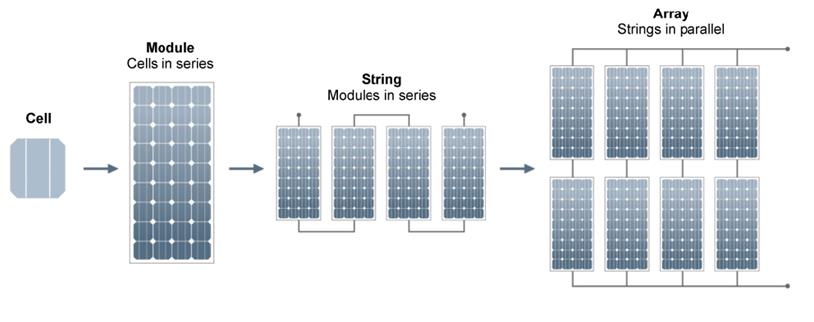 SOLAR CELL, ARRAY AND
SOLAR CELL, ARRAY ANDSTRING
Solar cell is the smallest unit which converts the solar energy into electrical energy. Group of cells form module. Group of modules in series form a string.
Group of modules in parallel form an array. 0.5 To 0.9 volt 
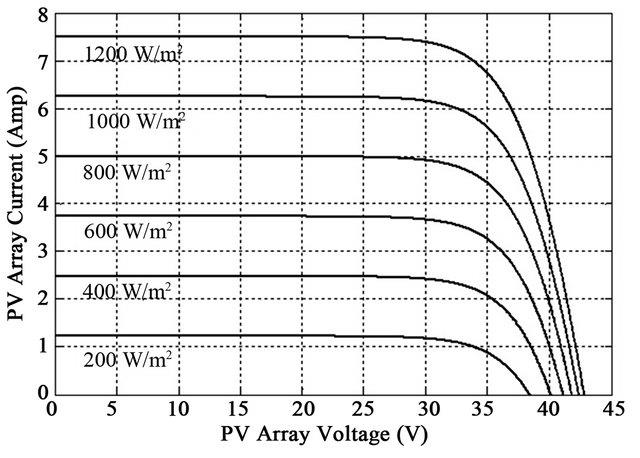
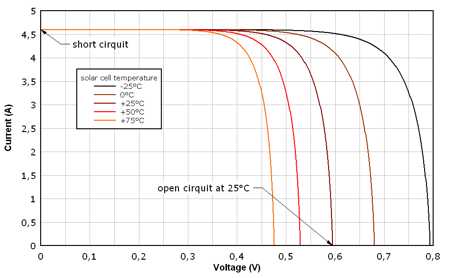
EFFECT OF INSOLATION AND
TEMPERATURE ON V-I CURVESolar irradiance (SI) is the power per unit area received from the Sun in the form of electromagnetic radiation . As temperature increases, the voltage decreases and current nearly remains constant. As insolation increases, the voltage increases with small value but current increases rapidly so power generated increases.
 Next page
Next page
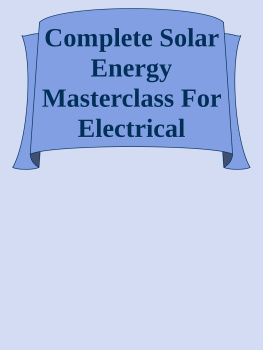




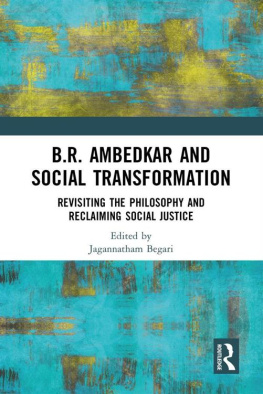



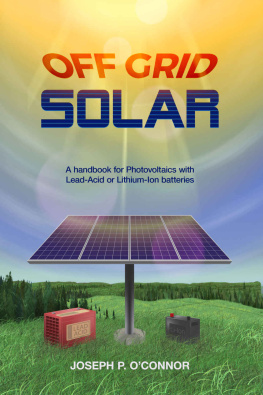


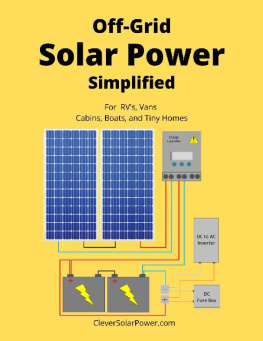

 COMPLETE SOLAR ENERGYCOURSE FOR ELECTRICAL
COMPLETE SOLAR ENERGYCOURSE FOR ELECTRICAL COURSE CONTENT Comparison between renewable and non renewable sources of energy. Comparison between their pros and cons. Difference between solar cell, module, string and array. Effect of insolation and temperature on v-i curve. Advantages and disadvantages of PV systems. PV system construction.
COURSE CONTENT Comparison between renewable and non renewable sources of energy. Comparison between their pros and cons. Difference between solar cell, module, string and array. Effect of insolation and temperature on v-i curve. Advantages and disadvantages of PV systems. PV system construction.  COURSE CONTENT Selection of inverter. Determining PV array maximum voltage. PV energy according to Area.
COURSE CONTENT Selection of inverter. Determining PV array maximum voltage. PV energy according to Area.
 NON-RENEWABLE ENERGY Non-Renewable energy is the energy which is taken from the sources that are available on the earth in limited quantity. They wil vanish fifty-sixty years from now.
NON-RENEWABLE ENERGY Non-Renewable energy is the energy which is taken from the sources that are available on the earth in limited quantity. They wil vanish fifty-sixty years from now.

 PROS OF NON-RENEWABLE
PROS OF NON-RENEWABLE CONS OF NON RENEWABLE
CONS OF NON RENEWABLE
 SOLAR CELLS , MODULES
SOLAR CELLS , MODULES

 SOLAR CELL, ARRAY AND
SOLAR CELL, ARRAY AND


